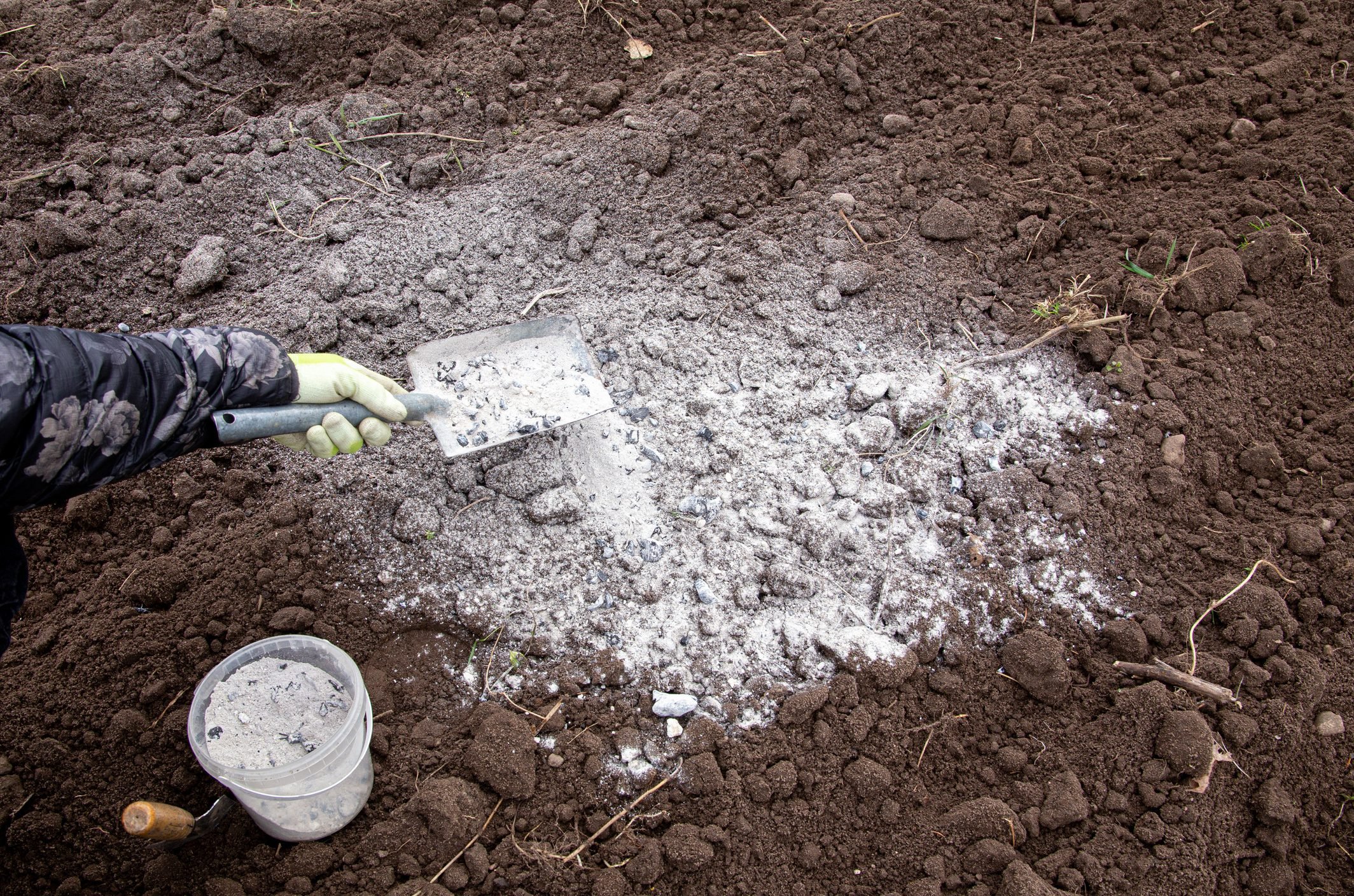Loaded with nutrients like calcium and potassium, wood ash can give your garden a boost.

Why You Should Use Wood Ash in the Garden

Next time you’re cleaning out your fireplace, you might want to before getting rid of the wood ash in there. Save it for your garden.
Certain types of wood ash contain valuable nutrients that can give your soil a boost, benefitting the vegetables, trees and shrubs in your garden and around your home. It can even be used to modify the soil pH. However, before you dump those ashes in your flower bed, there are a few things you need to know.
On This Page
What Does Wood Ash Do for Your Garden?
Wood ash contains high levels of calcium and potassium (also known as potash), as much as 20 percent and 5 percent, respectively, according to the University of Wisconsin Extension Service. That’s what makes it such a powerful soil amendment. Magnesium, phosphorus and sulfur can also be found in wood ash in concentrations of up to two percent, and it can also contain trace amounts of iron, aluminum, manganese, zinc, boron and others.
Potassium is one of the three main nutrients plants need to grow and thrive. Calcium can raise the pH level of acidic soil, making wood ash a viable alternative to lime.
How To Use Wood Ash in the Garden
Before you dump a bucket of ash on the dirt in your garden, it’s essential to test the soil’s pH level. (We recommend this SONKIR tester because it’s easy to use right out of the box.) Remember, because of its alkalinity, wood ash increases the pH level, which will create problems for plants that thrive in acidic soil. Don’t use it on blueberries, azaleas, dogwoods, red maples, etc.
Shift the wood ash before you use it to remove large chunks of charcoal and other debris that might be in there.
The amount to use depends on the soil’s pH level. The maximum amount to use is 15 to 20 pounds per 1,000 square feet in a year.
Not all ash will work. Do not use wood ash from trees growing near polluted ground or industrial sites because they can contain higher concentrations of heavy metals or toxins. Avoid wood ash from burning treated wood, including most pallets, and don’t use any that contains ash from burning trash or plastic.
Don’t use it on anything edible if you lit the fire with lighter fluid or other chemical assistants.
When Should I Apply Wood Ash?
You can apply wood ash in the fall, winter or spring. Whenever you choose to do apply wood ash, it’s best to do it when the dirt is moist. Apply it three to six months before planting if you’re using the wood ash specifically to alter the pH of the soil.
Be sure to store wood ash in a metal container with a lid that seals. Sometimes it can contain embers which are capable of reigniting when exposed to oxygen.
How to Apply Wood Ash
Spread it evenly over the soil you want to treat. If you’re applying it to your garden, work it into the soil with a garden tiller or rake.
It’s important to take some basic safety precautions when you’re working with wood ash, because it can irritate skin, eyes and lungs due to its alkalinity. Wear long pants and a long-sleeve shirt, as well as gloves, eye protection and a dust mask.
Plants That Benefit From Wood Ash Application
Stone fruit trees, like cherries and apricots, do well in alkaline soil, so they can benefit from an application of wood ash.
Wood ash is useful for hungry plants like onions, garlic and others in the allium family. Some root vegetables also appreciate the potash they get from wood ash, so it’s great for carrots, turnips and radishes. Other vegetables where the nutrients in wood ash can be a boost include peas, asparagus, and leafy greens.
What Plants Not To Use Wood Ash On
As mentioned above, plants that need a more acidic soil will not respond well to wood ash, since it raises the pH level. That includes most berries, peppers, sweet corn, etc. Don’t use it on apple, peach and pear trees. And even though most root vegetables can benefit from an application of wood ash, that does not include potatoes. They prefer acidic soil, and wood ash can cause potato scab.
In addition to azaleas, don’t use wood ash on roses or hydrangeas either.




















